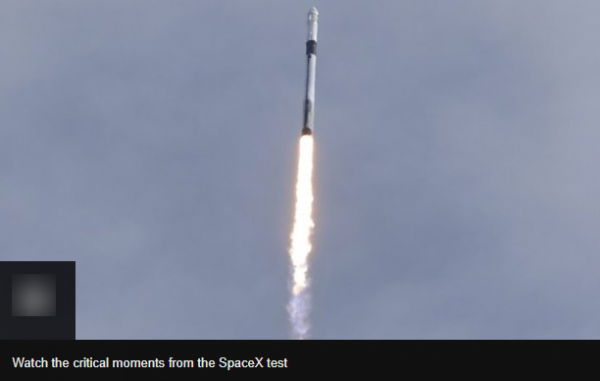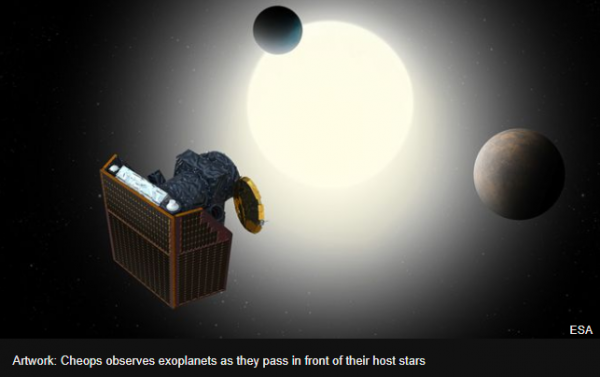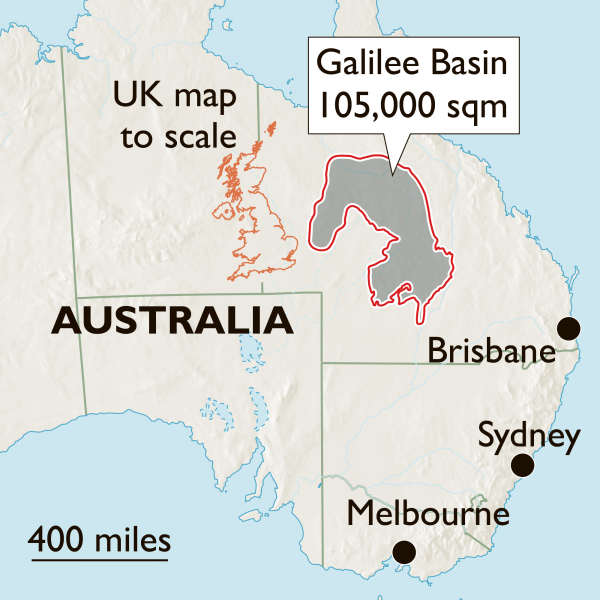-
Posts
20,849 -
Joined
-
Last visited
-
Days Won
49
Everything posted by CaaC (John)
-
I've heard from family still out there that Melbourne has changed a lot since I was there and in Victoria in general, there was still a lot of bush areas outside Melbourne in the '60s & '70s but now new suburbs have been built stretching out if I had a choice between Melbourne (Victoria) and another state then it would have to be Queensland and Surfers Paradise, went there in the late '60 or early '70 I think it was and I loved it, I wasn't married then and free as the wind.
-
Starlink space display 'set to continue all week' The spectacle of satellites passing over the UK in what looks like a chain of lights should be visible for the rest of the week, space experts say. The 60 Starlink satellites launched by Elon Musk's SpaceX firm appear in a line crossing the night sky. They were launched into space in March but their current orbital position has made them easier to see in recent days. Stargazers have been using apps and websites to check when they can spot the display. SpaceX has sent 300 satellites into space so far towards a planned network of 12,000, with the aim of improving global internet coverage. They have been taken up in batches of 60, with the most recent launch in mid-March. The most recent line of satellites has been spotted in Derbyshire, Manchester, London, Leeds and across Europe, with many people sharing their excitement on social media. The National Space Centre in Leicester said each batch was deployed to an orbit about 180 miles above Earth and had moved to about 340 miles away. Sophie Allan, from the centre, said current good visibility was down to a combination of the batch's low orbit, clear night skies and the angle of the satellites in relation to the sun. She said she expected this to continue for at least another five days. Several websites and apps allow people to track the current locations of the satellites, with the next UK display expected shortly before 22:00 BST on Monday. However, the project has been criticised by some astronomers who have branded the space technology an eyesore. https://www.bbc.co.uk/news/uk-england-52355706
- 1,657 replies
-
- space exploration
- astronomy
-
(and 1 more)
Tagged with:
-
One way of keeping a distance with this Coronavirus. Incredible video shows 2 people playing tennis from their apartment rooftops during Italy's strict coronavirus lockdown
-
'Alien comet' visitor has a weird composition The first known comet to visit us from another star system has an unusual make-up, according to new research. The interstellar comet 2I/Borisov was detected in our Solar System last year. This mysterious visitor from the depths of space has provided astronomers with an unprecedented opportunity to compare it to comets that formed around the Sun. New data suggests it contains large amounts of carbon monoxide - a possible clue to where it was "born". The findings appear in two separate scientific papers published by Nature Astronomy. In one of the papers, an international team led by Martin Cordiner and Stefanie Milam from the US space agency's (Nasa) Goddard Space Flight Center in Greenbelt, Maryland, pointed the Atacama Large Millimeter/submillimeter Array (Alma) toward the comet on 15 and 16 December 2019. Alma consists of 66 antennas on a mountaintop in Chile that observe the sky at sub-millimetre wavelengths. In the other study, Dennis Bodewits from Auburn University in Alabama and colleagues gathered ultraviolet observations of 2I/Borisov using the Hubble Space Telescope (HST) and the Neil Gehrels Swift Observatory. Has another interstellar visitor been found? First measurements of 'interstellar comet' Comets are made up of gas, ice, and dust; they form swirling in the disc of material that surrounds a star when its planets are being born. They can seed young worlds with the chemicals necessary for life and may have brought water to the early Earth. The teams identified two molecules in the gas ejected by the comet: hydrogen cyanide (HCN) and carbon monoxide (CO). HCN has already been detected in this interstellar visitor and is present at similar amounts to those found in Solar System comets. However, they were surprised to see large amounts of CO. The researchers using Alma for their observations estimated that 2I/Borisov's CO concentration was between nine and 26 times higher than that of an average Solar System comet. "This is the first time we've ever looked inside a comet from outside our Solar System," said Dr Cordiner, "and it is dramatically different from most other comets we've seen before." Dr Ye Quanzhi, an astronomer at the University of Maryland in College Park, called the results "very cool and surprising". The researcher, who was not involved with the studies, told BBC News: "We have learned in the past couple months that Borisov is similar to the 'dynamically new' comets in our Solar System (i.e. the indigenous comets which formed in the edge of the Solar System and tend to have a higher CO concentration), so a high-ish CO abundance is [kind of] expected, but such a high CO level (at least a couple times higher than typical Solar System comets) is very surprising - at least to me." Bizarre shape of interstellar asteroid 'Space cigar' had a violent history He added: "It's nice to see that different teams of astronomers working at different wavelengths (Hubble in ultraviolet, Alma in radio) are able to confirm each other's results". Carbon monoxide is common in space and is found inside most comets. But, for reasons which remain unclear, there's huge variation in the concentration of CO in these icy objects. This might be partly related to where in a star system a comet was formed. It may also be connected to how often a comet's orbit brings it closer to its star and leads it to release its more easily evaporated ices. Nevertheless, said Dr Cordiner, "if the gases we observed reflect the composition of 2I/Borisov's birthplace, then it shows that it may have formed in a different way than our own Solar System comets, in an extremely cold, outer region of a distant planetary system". Dr Milam commented: "The comet must have formed from material very rich in CO ice, which is only present at the lowest temperatures found in space, below -420F (-250C)." Dr Cordiner added that Alma had previously observed discs of dust and gas - from which planets are formed - surrounding young low-mass stars similar to the Sun. "Many of these discs extend well beyond the region where our own comets are believed to have formed and contain large amounts of extremely cold gas and dust. It is possible that 2I/Borisov came from one of these larger discs." Dr Bodewits offered a distinct take, arguing the comet could have originated around a red dwarf star, the most common type in the Milky Way galaxy. "These stars have exactly the low temperatures and luminosities where a comet could form with the type of composition found in comet Borisov," he explained. Based on its high speed (33km/s; 21 miles/s), astronomers suspect 2I/Borisov was flung out of its host system after a close encounter with a passing star or giant planet. It then spent millions or billions of years on a lonely journey through interstellar space before its discovery on 30 August 2019 by amateur astronomer Gennady Borisov. Astronomers continue to study the interloper, and recent observations of the comet's behaviour suggested it was fragmenting. "I do think Borisov broke into two - HST observed the comet at two different times and both showed the break-up," said Ye Quanzhi. "Our follow-up observation (led by Qicheng Zhang of Caltech) was made a few days after the initial discovery, and seemingly showed some evolution of the event - it seems one of the fragments was reduced to a blob of dust." 2I/Borisov is only the second interstellar object to be detected in our Solar System. The first, known as ʻOumuamua, was discovered in October 2017, at which point it was already high-tailing it out of our cosmic neighbourhood. While initially classified as a comet, it showed no signs of the outbursts of gas and dust characteristic of these objects (and observed in 2I/Borisov). A study published earlier this month in Nature Astronomy suggested ʻOumuamua, which has a highly elongated shape like a cigar, could be a shard from a planet ripped apart by its host star's gravity. https://www.bbc.co.uk/news/science-environment-52353671
- 1,657 replies
-
- space exploration
- astronomy
-
(and 1 more)
Tagged with:
-
Gradually ploughing through all my Lee Child - Jack Reacher novel's finished these so far in around 5 weeks... Now onto...
-
-
That's the daughter made me and the wives day, she took we Kaiden around here for a surprise visit but not too close and a distance away, the wife just wanted to kiss & cuddle the wee man as we have only seen him via video cam the last 6-7 weeks he stood at the bottom of the flat steps but you could see he just wanted to run up and give us a cuddle, come into this flat, play with some toys he keeps here and watch his Netflix/Youtube channels but the daughter standing at the bottom of the stairs ready to grab him lol. Fuck this virus.
-
Melting Ice Reveals Ancient Viking Route in Norway OSLO — Ice patches that melted from the slopes of a remote mountain pass in Norway have revealed artefacts that provide new insight into the livelihood of hunters, traders and travellers along a route thousands of years old, archaeologists said this month. The relics of this distant past include tunics and mittens woven with wool, leather shoes, arrows are still adorned with feathers, and snowshoes made for horses. Giant stone cairns mark old pathways once used by traders to find their way through the fog and heavy snow. Antlers, bone and animal dung have also been found, the archaeologists behind the project said. The discoveries, outlined in the scientific journal Antiquity, were made on the central mountain range in Norway’s Innlandet County by the Glacier Archaeology Program, one of many programs worldwide studying what glaciers and ice patches are laying bare as they shift and melt because of climate change. Archaeologists said that the discoveries have contributed to evidence that a mountain pass at Lendbreen, on the Lomseggen ridge in north-central Norway, was part of a larger network connecting it to the wider Viking world, making it the “first such ice site discovered in Northern Europe.” Previously, they said, the archaeology of glaciated mountain passes had been derived from research in the Alps. “The findings are rich,” said Lars Holger Pilo, a Norwegian archaeologist working on the project. “It is obvious that the mountains have been more active in use than previously believed. Although covered in ice, they have used them to pass, from farms in the area, or from one side of the mountains to the other.” The program started work on the ice patch at Lendbreen in 2006, but attention increased after a wool tunic, which later was dated to the Bronze Age, was found in 2011. That led to subsequent surveys and discoveries of artefacts such as pieces of sledges, remains of horses and kitchen utensils, suggesting the route was used for trade, hunting and farming. The findings show the pass was used from about A.D. 300 to 1500, with a peak of activity during the Viking Age in the year 1000 that reflected its importance during a period of long-range trade and commerce in Scandinavia. The items tell a story of how the route was used and reflect local priorities, such as how farming migrated from the bottom of the valley to higher elevations in summer to take advantage of long daylight hours. It was well travelled, and it connected to other parts of the country and ultimately to ports for export. “The thing that was really revealing is when you look at the chronology of the artefacts,” said Dr James Barrett, a medieval and environmental archaeologist at the University of Cambridge, who has been working with Norwegian archaeologists on the project since 2012. “You can literally walk in the footsteps of the past,” he said. “It really is showing that in what would seem to be the most remote possible place, the highest elevation is caught up in broader world trends.” The research in Norway has contributed to the body of archaeological study centred on items found under ice, either in glaciers that rumble roughshod across the terrain or in ice patches that are more stationary and commonly yield pieces that are intact. These discoveries have illuminated scientists’ understanding of transhumance, which describes how, where and why people moved from one place to another for trade, food, marriage or customs — sometimes over icy mountain passes rather than through the easier terrain, but longer distances, of valleys. In 1991, hikers accidentally discovered the remains of a man, later nicknamed Ötzi the Tyrolean Iceman, preserved in 5,300 years’ worth of ice and snow in the Italian Alps. This marked the start of a promising period of archaeology that has gained pace as climate warming has revealed more artefacts, said Dr Stephanie Rogers, a research assistant professor at Auburn University’s department of geosciences. Examination of bacteria from the Iceman has contributed to the understanding of human migration and the movement of pathogens, including the one that causes stomach ulcers, to other parts of the world. Dr Rogers, who has done research on glacier archaeology in the Alps, said the discovery of the Iceman “really flipped a switch.” “What was that person doing up there?” she asked, adding that researchers realized that “if we found something in this place, we are going to find something in other places.” The field of transhumance has gained momentum in the past 10 to 20 years as artefacts have been laid bare because of the warming climate melting ice patches and moving glaciers, Dr Rogers said. “Perhaps this site in Norway had the perfect characteristics for transhumance across the border,” she said. “But maybe it was just the perfect setting, passed down for hundreds or thousands of years. It seems like this one, in particular, is a treasure trove in terms of artefacts.” Dr Pilo said the Norwegian team did not find human remains, possibly because relatives of anyone missing likely would have come to rescue their family members. The tunic might have been flung off by a person in the irrational throes of hypothermia, he said. Although ice patches move less than glaciers do, some of the finds on the Lendbreen patch were displaced vertically, and others were shifted by meltwater and strong winds. The ruins of an undated stone-built shelter were situated near the top of the ice patch, making Lendbreen the only one of five mountain passes on the Lomseggen ridge to have such a shelter and a large number of cairns. Transportation-related artefacts, such as remains of sledges, walking sticks and pieces of a Bronze Age ski, were also laid bare. The movement, or lack of movement, of some objects, can also be telling. Iron horseshoes and nails are less likely to have been displaced than the lighter organic objects, and “should, therefore, provide a reliable indication of the route,” the researchers wrote. Although some of the artefacts were found in pieces, “they do not obliterate what remains a clear trail of features and finds that delineate a short crossing place over the mountain ridge,” according to the findings. “It was clearly a route of special significance,” the researchers said. https://www.msn.com/en-gb/news/offbeat/melting-ice-reveals-ancient-viking-route-in-norway/ar-BB12KP1I#image=1
-
Biggest cosmic mystery 'step closer' to solution Stars, galaxies, planets, pretty much everything that makes up our everyday lives owes its existence to a cosmic quirk. The nature of this quirk, which allowed the matter to dominate the Universe at the expense of antimatter, remains a mystery. Now, results from an experiment in Japan could help researchers solve the puzzle - one of the biggest in science. It hinges on a difference in the way matter and antimatter particles behave. The world that's familiar to us - including all the everyday objects we can touch - is made up of matter. The fundamental building blocks of matter are sub-atomic particles, such as electrons, quarks and neutrinos. A new clue to anti-matter mystery Supernova 'stream' in the lab's sights But the matter has a shadowy counterpart called antimatter. Each sub-atomic particle of ordinary matter has a corresponding "antiparticle". Today, there is far more matter than antimatter in the Universe. But it wasn't always this way. The Big Bang should have created matter and antimatter in equal amounts. FULL REPORT
-
Nasa to launch the first manned mission from the US in a decade Nasa has announced that next month it will launch its first manned mission from US soil in almost 10 years. The rocket and the spacecraft it is carrying are due to take off from Florida’s Kennedy Space Centre on 27 May, taking two astronauts to the International Space Station (ISS). Both the rocket and spacecraft were developed by private company SpaceX. Nasa has been using Russian rockets for manned flights since its space shuttle was retired in 2011. If successful, SpaceX – headed by billionaire entrepreneur Elon Musk - will become the first private firm to send Nasa astronauts into space. The Falcon Nine rocket and Crew Dragon spacecraft will take off from the space centre’s historic Pad 39A, the same one used for the Apollo and shuttle missions. VIDEO It will take astronauts Bob Behnken and Doug Hurley approximately 24 hours to reach the ISS. One American astronaut and two Russian cosmonauts are currently aboard the ISS. SpaceX completes emergency crew escape manoeuvre https://www.bbc.co.uk/news/world-us-canada-52333932
- 1,657 replies
-
- space exploration
- astronomy
-
(and 1 more)
Tagged with:
-
I have a tash going grey so the guy on the left is me
-
Which ones me?
-
@Bluewolf in the lockdown era, no haircut, not shaved and in his back garden dealing with his flower POT's.
-
Europe's Cheops telescope begins the study of far-off worlds Europe's newest space telescope has begun ramping up its science operations. Cheops was launched in December to study and characterise planets outside our Solar System. And after a period of commissioning and testing, the orbiting observatory is now ready to fulfil its mission. Early targets for investigation include the so-called "Styrofoam world" Kelt-11b; the "lava planet" 55 Cancri-e; and the "evaporating planet" GJ-436b. Discovered in previous surveys of the sky, Cheops hopes to add to the knowledge of what these and hundreds of other far-flung objects are really like. FULL REPORT
- 1,657 replies
-
- 1
-

-
- space exploration
- astronomy
-
(and 1 more)
Tagged with:
-
Typical 'Fair Dinkum' Aussie.
-
Travel wise in Aussie with me is all over Victoria where I grew up and then it's Freemantle, Adelaide, Sydney & Queensland (Surfers Paradise), I travelled all over Victoria from Ballarat, Bendigo, the Dandenong Ranges, Daylesford and the Corio Bay area in Geelong, I loved it and most of the travelling I did was either by foot, bike or Ship, Train & Bus.
-
Never watched that, I will have to check if it's on my Netflix or Youtube channel.
-
Set @Spike on the guy, he would beat the shit out of him with cans of Castlemaine.
-
-

Newcastle United Discussion
CaaC (John) replied to a topic in Premier League - English Football Forum
And I bet you if his happens it will be 'By By Brucie Boy' and a top-class manager will take over, maybe Raffa will say "Hello again"?


.thumb.png.ea2a5b1167aea6893db39ed4852a1592.png)

.thumb.png.84410058765668ab2f770f0c1e13cb0d.png)
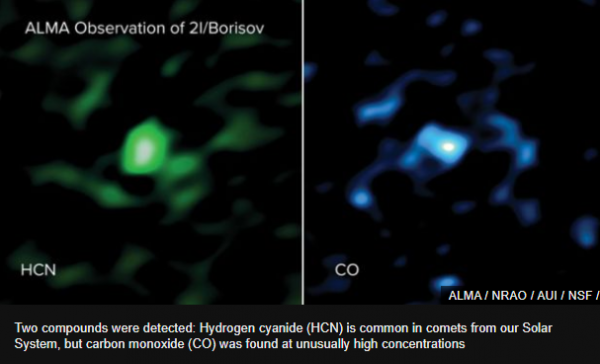
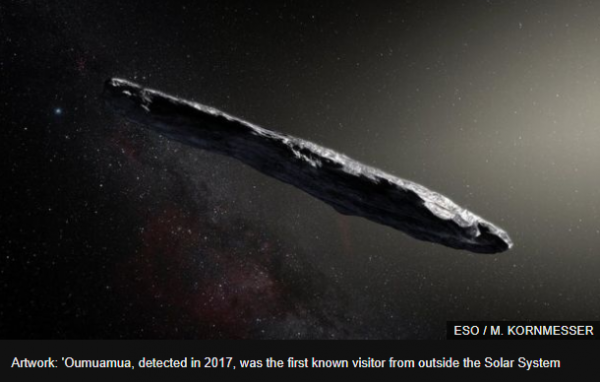
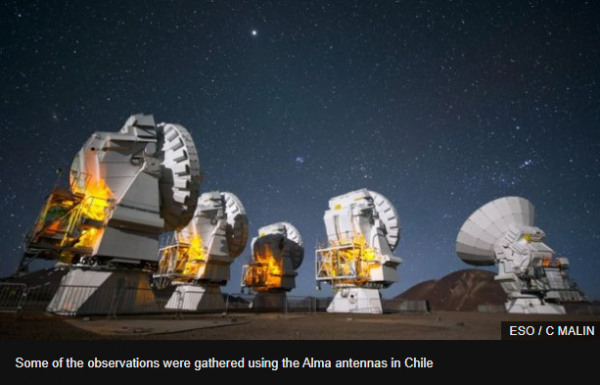
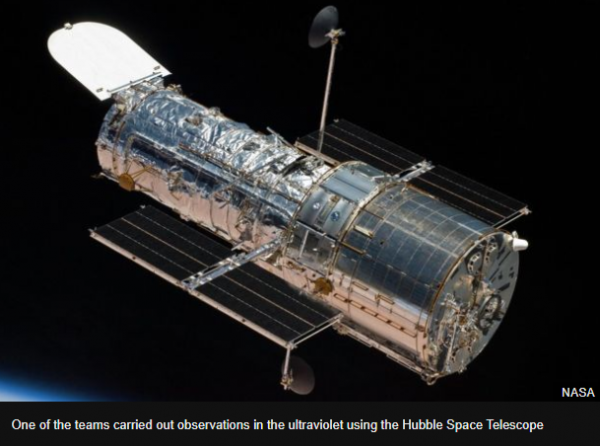







.thumb.png.c8d25c9c3b84cf42cb5a63e252c72544.png)
.thumb.png.f91d42273862b731f13aec3d6e142292.png)



